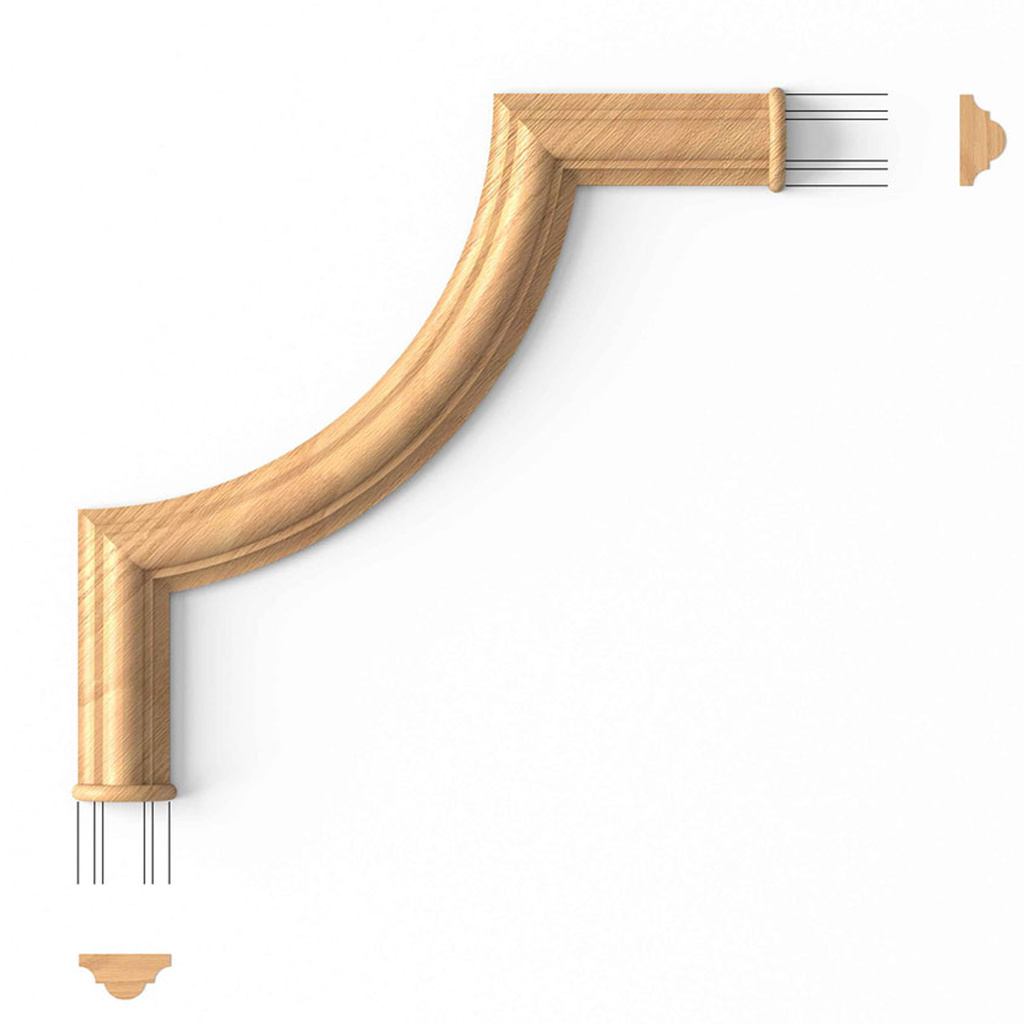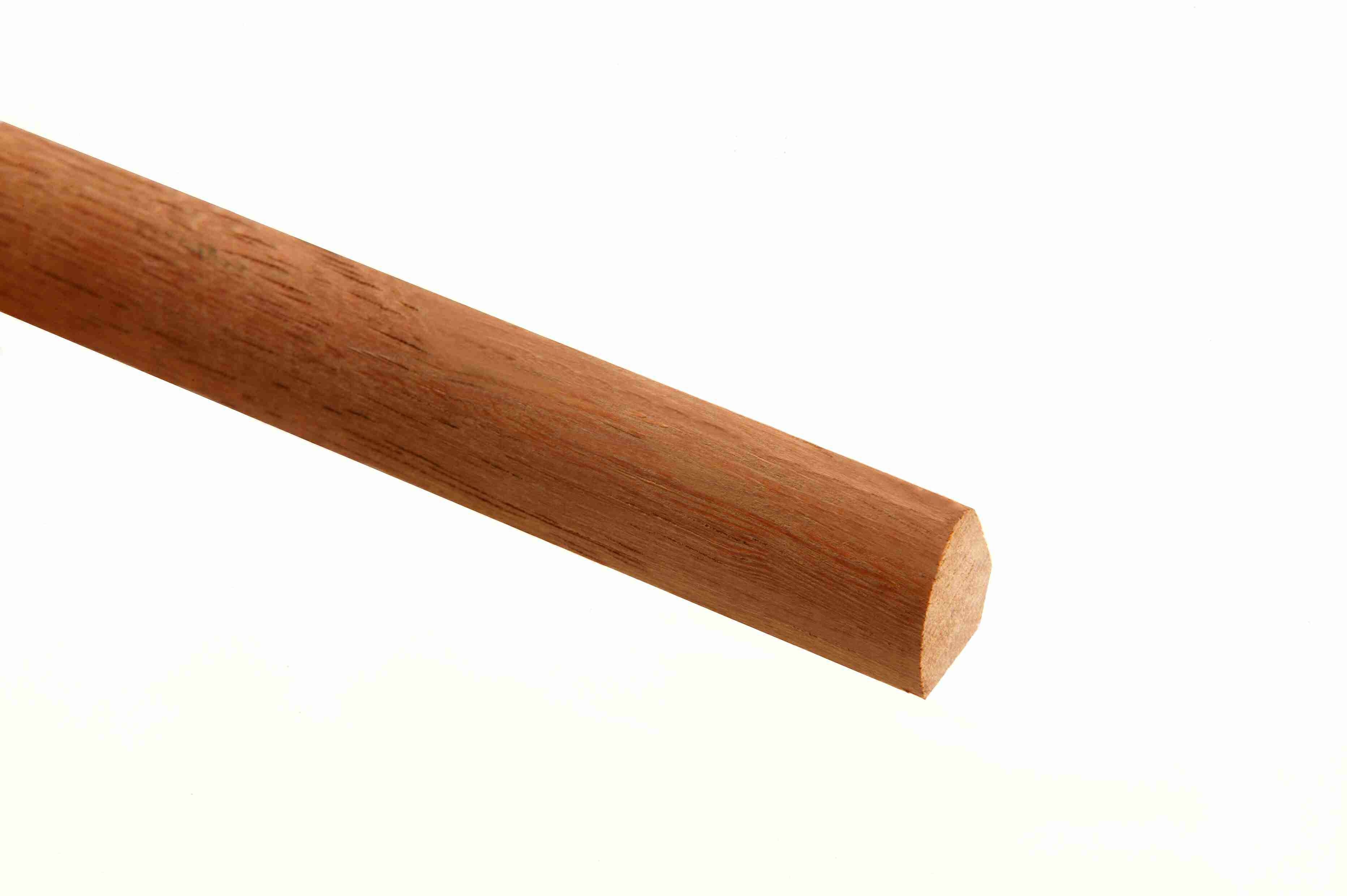Welcome to the wonderful world of wood decorative corner mouldings! If you’re looking to enhance the aesthetic appeal of your home or office, these charming additions can make all the difference. Drawing from my personal experience in interior design and home renovations, I’m excited to share insights, tips, and essential information about corner mouldings that you might not find anywhere else.
What Are Wood Decorative Corner Mouldings?
Wood decorative corner mouldings are architectural elements that are applied to the corners of walls, windows, doors, and furniture. They serve both functional and aesthetic purposes, providing structural integrity while also enhancing visual interest. These mouldings can come in various styles, sizes, and finishes, making them a versatile choice for any design palette.
Types of Wood Decorative Corner Mouldings
1. Traditional Corner Mouldings
Traditional corner mouldings often feature intricate designs and carvings. They are ideal for classic-style homes and can be found in both solid wood and engineered wood options.
2. Modern Corner Mouldings
Modern mouldings typically have sleek lines and minimal designs, suited to contemporary living spaces. They can be finished in various paint colors or stains, allowing them to blend seamlessly with the rest of your decor.

3. Crown Mouldings
Crown mouldings are a type of decorative moulding that is usually installed where walls meet ceilings. They add height and elegance to any room.
4. Baseboard Mouldings
While baseboards generally run along the bottom of walls, decorative corner mouldings can add a refined touch at the intersections of the walls and baseboards.

Personal Experience: Transforming My Space with Wood Mouldings
When I first moved into my home, the corners felt bare and uninviting. After installing wood decorative corner mouldings, not only did the aesthetics improve, but the overall feel of the space became significantly warmer and more welcoming. Friends and family often comment on the charming details, and it has sparked numerous discussions about design choices. I can vouch for how impactful these simple enhancements can be!
Choosing the Right Material for Wood Corner Mouldings

1. Solid Wood
Solid wood mouldings are durable and offer a classic look. However, they can be more expensive and may require additional maintenance.
2. Engineered Wood
Engineered wood is often more affordable and resistant to warping, making it a practical choice. It can realistically mimic the look of solid wood while being lighter and easier to handle.

Popular Wood Types for Corner Mouldings
| Wood Type | Durability | Cost | Aesthetic Appeal |
|---|---|---|---|
| Oak | High | Moderate | Rich grain pattern |
| Pine | Moderate | Low | Light and airy look |
| Maple | High | Moderate to High | Smooth and fine texture |
| Cherry | High | Moderate to High | Beautiful dark tones with age |
Installation of Wood Decorative Corner Mouldings

Tools You Will Need
- Mitre saw
- Measuring tape
- Level
- Adhesive or fasteners
- Painter’s caulk
- Paint or stain (optional)
Step-by-Step Installation Guide
- Measure and Mark: Begin by measuring the height and width of the area where you will install the moulding.
- Cut the Moulding: Use a mitre saw to cut moulding at a 45-degree angle for a professional finish.
- Dry Fit: Before securing, dry fit the pieces to ensure they fit well and make adjustments as necessary.
- Secure the Moulding: Using adhesive or fasteners, attach the moulding to the desired area.
- Finishing Touch: Fill any gaps with caulk and paint or stain as desired.

Pros and Cons of Wood Decorative Corner Mouldings
Pros:
- Adds elegance and character to any room.
- Available in a variety of styles and finishes.
- Can increase property value.
- Relatively easy to install for DIY enthusiasts.
Cons:
- Can be costly depending on the material.
- Requires some maintenance, especially if made of solid wood.
- Installation may require precision for a flawless look.
Maintaining Your Wood Decorative Corner Mouldings
Regular maintenance can greatly extend the life and appearance of your corner mouldings. Here are some tips:
- Dust regularly with a soft, dry cloth.
- For deeper cleaning, use a damp cloth along with a mild wood cleaner.
- Inspect regularly for signs of wear and tear, and make repairs as needed.
- If necessary, re-stain or repaint every few years to keep them looking fresh.
FAQs About Wood Decorative Corner Mouldings
1. Can I install wood decorative corner mouldings myself?
Absolutely! With the right tools and guidance, many homeowners opt for a DIY installation. Just be sure to take accurate measurements and cut carefully.
2. What is the best type of wood for decorative corner mouldings?
It really depends on your budget and desired aesthetic. Oak and maple are popular for their durability and beautiful grain patterns, while pine is a more affordable option.
3. How do I choose the right style of moulding for my home?
Consider the overall design of your space. For traditional homes, ornate styles work well, while modern spaces may benefit from simpler, cleaner lines.
4. What tools do I need to install wood corner mouldings?
You’ll need a mitre saw, measuring tape, adhesive or fasteners, and finishing materials like paint or caulk.
5. How do I repair damaged mouldings?
Minor damages can often be fixed with wood filler or caulk, while more significant damages may require replacement of the affected section.
Conclusion
Wood decorative corner mouldings are not just an afterthought; they are an essential component in creating a well-designed space. From traditional to modern, there’s a style of moulding that can perfectly complement your interiors. Through my experience, I’ve seen the transformative power of these mouldings, not only in enhancing the aesthetic appeal but also in adding significant value to a home. Whether you choose to install mouldings yourself or hire a professional, the result will undoubtedly bring warmth and character to your space. Happy decorating!